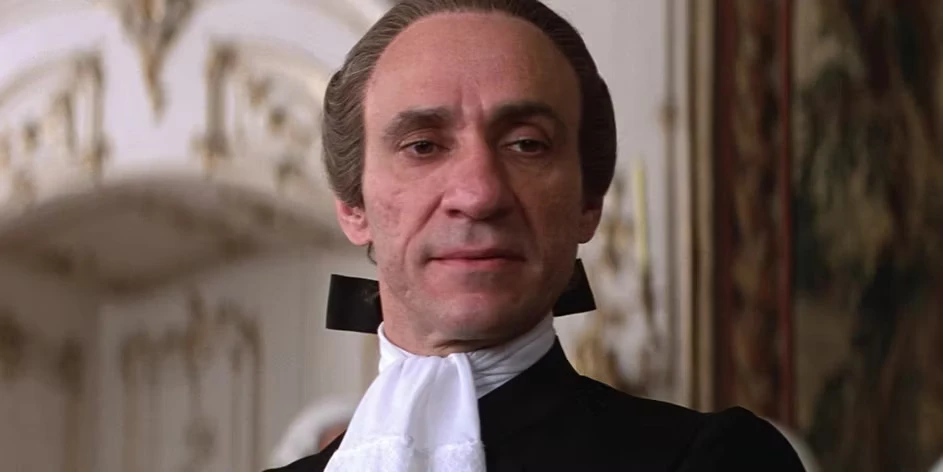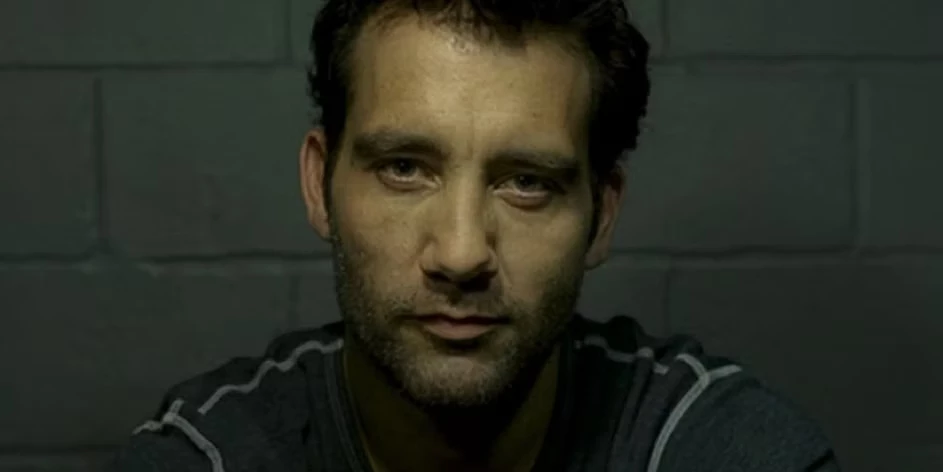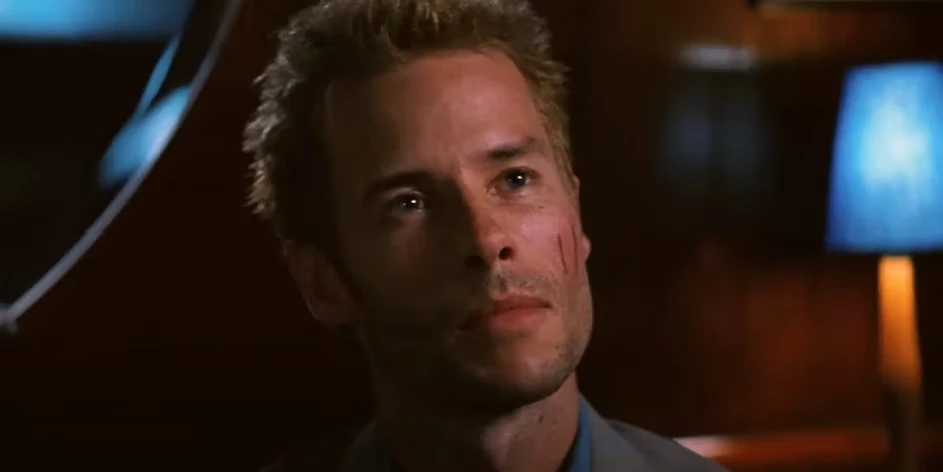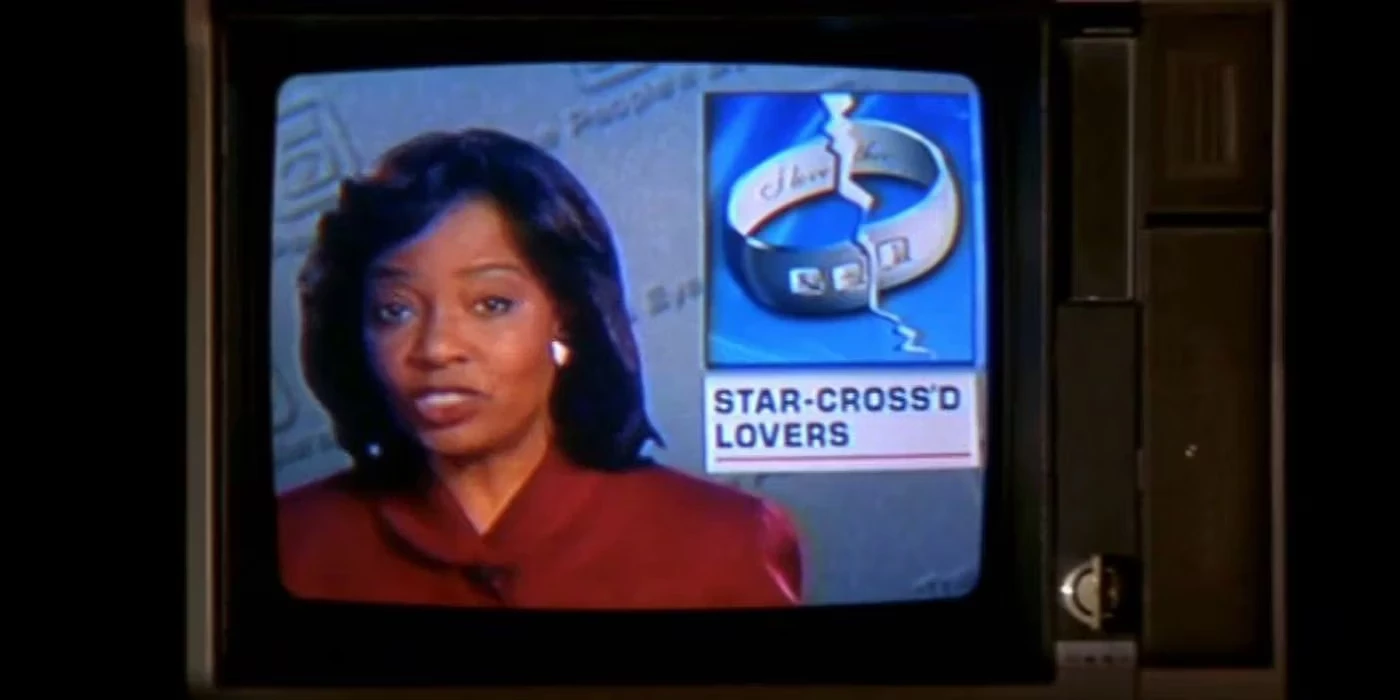10 Movies That Revealed Their Endings From The Very Beginning
While most Movies follow a linear storytelling approach, some choose to reveal their endings in the very first scene. Various reasons drive this narrative choice. In some instances, it serves to shift the audience's focus from what will happen to why events unfold as they do or explore how they might have been prevented. Alternatively, disclosing the ending from the outset can plant expectations, setting the stage for a twist ending that subverts those initial impressions.
The greatness of many movies lies not solely in their endings but in the journey leading up to them and the transformative arcs of the characters. When the ending is preemptively disclosed, the audience is relieved of the guesswork about the outcome. Yet, the mystery of how the conclusion is reached can still captivate viewers. The best opening scenes in movies immediately engage the audience, making a promise about the unfolding narrative. When handled with thoughtfulness, revealing the ending can be as satisfying as a plot full of twists and uncertainties.
Advertisement
#1. Saving Private Ryan (1998)
 Source: IMDb
Source: IMDb
The short scene that comes before Saving Private Ryan's breathtaking D-Day sequence is so memorable that it's easy to forget about it. Even though the majority of the film takes place decades after World War II, it begins with an old man visiting a military cemetery. Although it's not stated explicitly in this scene, it's reasonable to assume that the man is none other than Private Ryan.
Ryan does indeed return from the front lines, in case the movie's title didn't already give it away. However, the opening sequence of the film demonstrates the human cost of war by highlighting the experiences of a single individual among the millions who suffered lifelong injuries during combat.
Advertisement
#2. Amadeus (1984)
 Source: IMDb
Source: IMDb
The opening scene of Amadeus features Austrian composer Antonio Salieri attempting suicide and crying out into thin air that he killed Wolfgang Amadeus Mozart. After years of acrimonious rivalry between the musicians, Salieri undoubtedly played a role in Mozart's demise. However, the truth is a little more nuanced than that.
The opening scene acts as a constant reminder that Salieri will eventually succeed, even though the rest of the film flashes back in time to show him bent on destroying Mozart and his schemes fail to bring him down. The story does eventually come full circle, but the bitter tragedy lies in Salieri's reluctant respect for Mozart.
Advertisement
#3. Titanic (1997)
 Source: IMDb
Source: IMDb
The movie Titanic uses a unique storytelling technique to set the context for its love story. The opening sequence of the movie features a group of ocean explorers who are searching for a diamond called "The Heart of the Ocean" in the wreckage of the Titanic. This sequence is important because, without it, we wouldn't know what happened to Rose. When Rose sees her old portrait that is brought up from the ocean floor, she becomes very emotional and nostalgic, which strongly suggests that Jack may not have survived.
The ending of the movie returns to the much older Rose, who drops the "Heart of the Ocean" into the sea, symbolizing her final goodbye to Jack. Although it's a very touching moment, it confirms the fact that Jack and Rose were not meant to be together. In conclusion, the opening sequence of Titanic sets the tone for the entire movie and helps us understand the fate of the main characters from the very beginning.
Advertisement
#4. The Irishman (2019)
 Source: IMDb
Source: IMDb
Martin Scorsese's epic crime saga follows the rise of Frank Sheeran, a mob assassin from Philadelphia. The story begins in a retirement home, where Sheeran reflects on how he got into the line of work. The Irishman subtly spoils its own ending by presenting evidence early on. While recalling a particular hit, Sheeran's memory flashes to Jimmy Hoffa for a split second.
Sheeran's killing of his close friend is one of the pivotal moments of his life, but Scorsese drops a subtle hint to the audience. The moment happens very quickly, and Hoffa's face is half-obscured, so it can easily go unnoticed at first glance.
Advertisement
#5. Grave Of The Fireflies (1988)
 Source: IMDb
Source: IMDb
The story of two siblings struggling to survive in the final weeks of the Second World War begins with the line, "September 21, 1945. That was the night I died." The Studio Ghibli film, Grave of the Fireflies, portrays the cruelty of war through a deeply moving narrative. Despite the lack of hope for Setsuko and Seita from the start, their story focuses on their willingness to fight for each other.
The opening scene also conveys an optimistic message about love and family. After reuniting in the afterlife, their souls board a train to carry them away, finally at peace. Amid the earth-shattering chaos of war, they find small moments of solace, which only make their bond stronger.
Advertisement
#6. Fight Club (1999)
 Source: IMDb
Source: IMDb
Fight Club, directed by David Fincher, starts with a shocking image of the Narrator with a gun inside his mouth. He then describes the massive amount of explosives that are just two minutes away from destroying an entire city block. Despite the following mundane scenes where the Narrator talks to his boss at work or orders furniture from the IKEA catalog while using the bathroom, the threat of the explosion still looms large.
This keeps the audience interested, even when nothing significant is happening on screen. The first scene also sets up one of the movie's most important questions: "Who is Tyler Durden?"
Advertisement
#7. Inside Man (2006)
 Source: IMDb
Source: IMDb
The movie "Inside Man" begins with Dalton Russell, played by Clive Owen, looking directly at the camera and stating that he is currently located in what could be described as a prison cell. He goes on to mention that he masterminded a perfect bank robbery. However, the choice of his words is very calculated.
The movie later reveals that he is not actually in a prison cell, but rather inside the bank itself, and the heist is still unfolding. The filmmaker, Spike Lee, cleverly reveals the details of the heist before it even happens, creating a sense of deception that ultimately makes the payoff even more satisfying.
Advertisement
#8. Slumdog Millionaire (2008)
 Source: IMDb
Source: IMDb
The first scene of Slumdog Millionaire clearly states that Jamal Malik is one question away from winning 20 million rupees. However, the tension of the movie revolves around how he has achieved this, rather than whether he will win or not. This creates a sense of uncertainty, as the audience is left to wonder whether Jamal is a fraudster or an underdog.
As a result, viewers are forced to view all of Jamal's choices through a more skeptical lens, which keeps the action fresh and exciting. Each question on the quiz show reveals a new chapter in Jamal's life, making him even more endearing to the audience. Without the opening scene, this effect would not have the same impact.
Advertisement
#9. Memento (2000)
 Source: IMDb
Source: IMDb
Christopher Nolan's Memento features a famously non-linear plot, with two separate threads running counter to one another. The story follows Leonard Shelby, who is seeking revenge for his wife's murder, but his anterograde amnesia prevents him from storing new memories. Nolan runs half the movie backward, showing the ending first and throwing in a few more twists toward the end to muddy the waters.
The opening shot, which features a Polaroid of a dead man, suggests that Leonard has completed his mission. However, figuring out the unusual narrative structure of Memento is part of the Christopher Nolan movie's appeal, and the first scene, shown in reverse, provides an early clue.
Advertisement
#10. Romeo + Juliet (1996)
 Source: IMDb
Source: IMDb
Baz Luhrmann's adaptation of Romeo + Juliet stays true to the original dialogue, including the prologue's foretelling of the two lovers' deaths. However, the movie's execution of the prologue is noteworthy. Luhrmann sets the rivalry between the Montague and Capulet families in a modern context, yet the style of the prologue is old-fashioned.
By having a newsreader deliver the dialogue, Luhrmann draws attention to the sensationalized nature of modern American news and the ancient human love for storytelling. Even though Cable News and William Shakespeare differ in many ways, they both fulfill a common need for stories.
Which movie is your favorite? Let us know in the comment section!
Share this article
Advertisement